Can AI and Art Help Shape Planetary Futures?
By Matjaz Vidmar, Amanda Tyndall and Drew Hemment
Image credit: ‘How to Find the Soul of a Sailor’ by Kasia Molga
This second edition of The New Real Magazine features work from artists and researchers to better explore environmental, economic and digital sustainability on planetary scales. We look at our connection to nature and devise new ways to visualise our impact and shape our understanding of the changing environment and technology around us through more than facts and figures.
How do we make sense of environmental change in an age of artificial intelligence? As our planet transforms, we find ourselves caught between unprecedented access to environmental data and an increasing disconnect from the natural world itself. This second edition of The New Real Magazine explores an ambitious attempt to bridge this gap through the creation of The New Real Observatory – a unique platform where artists and AI systems collaborate to create new ways of seeing our changing planet.
At the heart of this edition is the story of how The New Real's research, development and commissioning programme evolved from a mobile app guiding people through nature walks during the COVID-19 pandemic, to a sophisticated platform for human-AI collaboration in environmental understanding. Through our Feature section, we trace this journey.
The artworks created through this platform, detailed in our Art section, demonstrate its potential for environmental engagement. Inés Cámara Leret's 'The Overlay' discovers the precise point where natural and artificial become indistinguishable in AI's understanding of image data. Lex Fefegha's 'Thames Path 2040' uses AI to imagine how London's neighborhoods might transform due to climate change. Keziah MacNeill's 'Photographic Cues' explores a future where the boundaries between natural and artificial ways of seeing have dissolved entirely. Most recently, Kasia Molga's 'How to Find the Soul of a Sailor' uses AI to explore how personal archives might help us understand environmental change across generations.
Our Spotlights section provides deeper context for these works, examining how the Observatory platform operates and how it has been shared through innovative exhibition formats. What emerges is a vision of how technology might help us understand environmental change not just through data, but through experience. The New Real Observatory suggests that by bringing together artistic practice, artificial intelligence and environmental data in new ways, we might develop more meaningful relationships with both the technology and our changing planet – creating meaning together.
The Reflections section broadens our perspective beyond the Observatory platform to examine wider questions about AI's role in environmental understanding. Martin Zeilinger explores the evolving landscape of data-driven art and its capacity to respond to global challenges. Adam Harvey's 'Circular Diffusion', an essay written through an artist commission for the Observatory platform, examines the paradox of using energy-intensive AI to address climate change, questioning the hidden environmental costs of digital art creation. Daga Panas builds on these concerns, critically examining whether AI can meaningfully contribute to net zero goals or whether it might exacerbate the problems it aims to solve. Sophie Mackaness closes the section by considering a fundamental question; can digital technologies ever create the kind of tactile experiences we need to truly connect with our environment?
The Interjections section provides vital counterpoints to dominant narratives about AI and environmental futures. Antonio Ballesteros-Figueroa examines how AI development reflects and potentially reinforces global North-South divides, while Suhair Khan presents an Indigenous framework for thinking about planetary futures. Ramit Debnath argues for including arts and humanities perspectives in climate-focused AI development, Sophia Brueckner explores how science fiction's predictions about AI are becoming reality, and Kay Poh Gek Vasey asks whether AI art might help save the world it helps imperil.
As we face unprecedented environmental challenges, we need new ways of seeing that can help us grasp both the scale of change and our role within it. Through the works and insights presented in this edition, we glimpse possibilities for how AI might help us not just measure environmental change, but understand it in ways that move us to action.
Cite as: Matjaz Vidmar, Amanda Tyndall and Drew Hemment (2025). ‘Can AI and Art Help Shape Planetary Futures?’ The New Real Magazine, Edition Two. pp 6-8. https://doi.org/10.2218/newreal.10916

